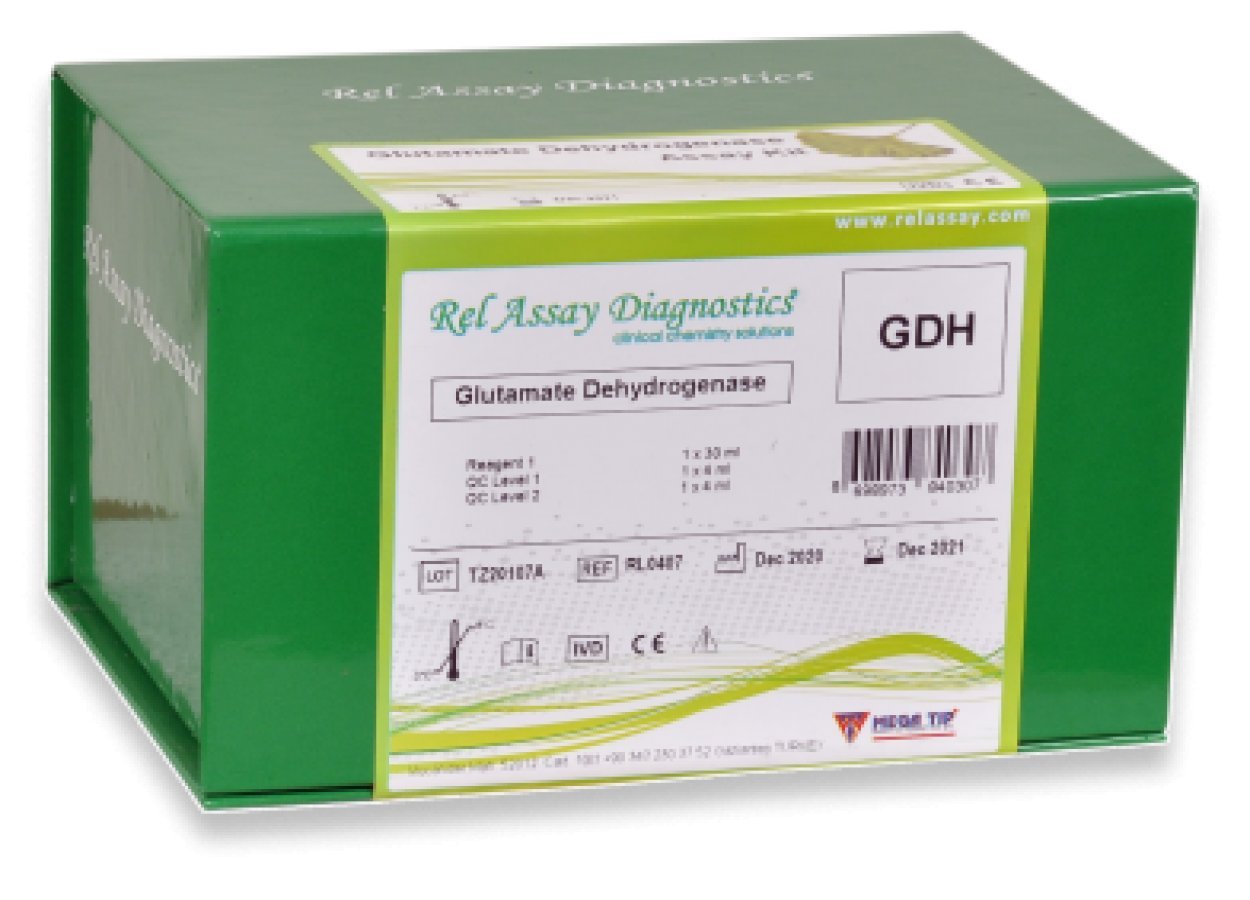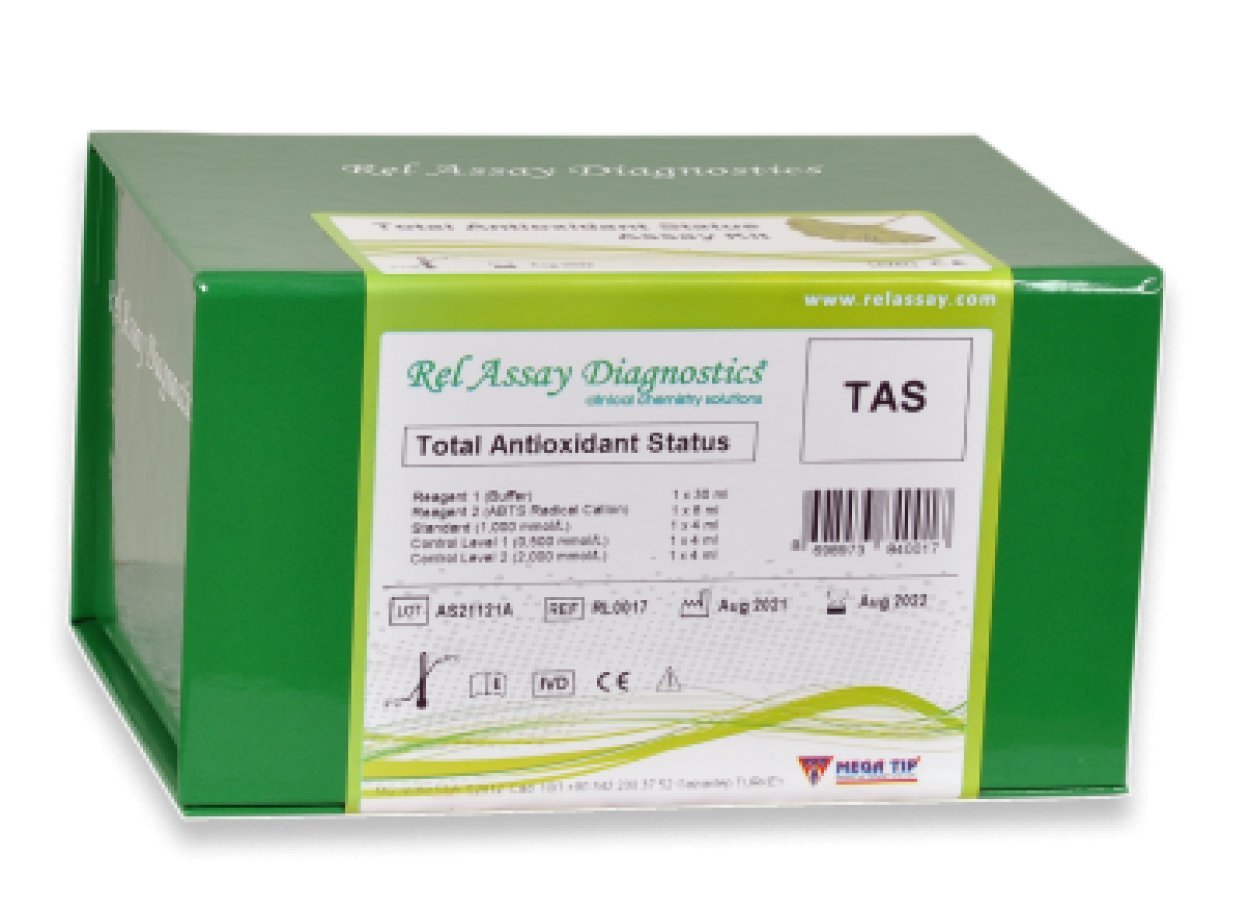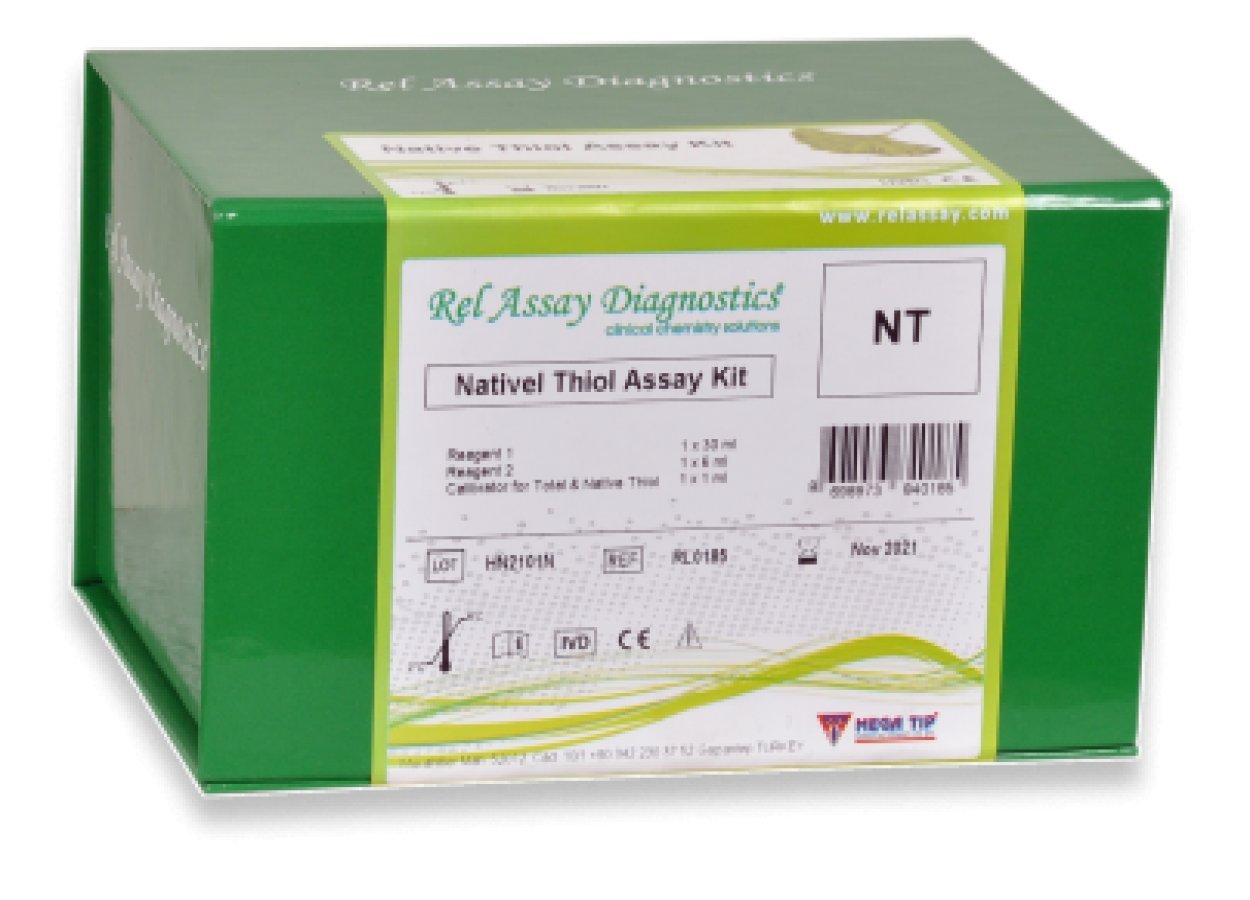Glutamate Dehydrogenase
Glutamate dehydrogenase (GDH, EC 1.4.1.2) converts glutamate to alpha-ketoglutarate yielding ammonia in the presence of its coenzyme NAD(P)+. It is an oxidoreductase using both NAD+ or NADP+ as acceptor. GDH was known as a mitochondrial indicator and because of the crucial function of linking catabolic-anabolic pathways, it is ubiquitously found in whole tissues, mostly in liver. While most mammals have only GDH1, humans have been shown to acquire the second isoform, hGDH2 (h for human) displaying tissue specificity. Intracellular localizations of GDH were identified as mitochondrial matrix, membrane and nuclear fractions (1).
GDH plays an important role in the amino acid, carbohydrate, oxidative phosphorylation metabolisms and has been associated with several cellular processes such as balancing ammonia and acid-base concentrations, redox homeostasis, lipid and lactate biosynthesis (1). Previous reports proved that enhanced activity of GDH aids tumor cells for proliferation through supporting nitrogen sources (1-3). Besides, GDH serum level may show the liver tissue damage, particularly mitochondrial dysfunction considering the cellular sublocalization of the enzyme (4). Thus, measuring serum GDH activity may provide great advantages for clinical and diagnostic purposes.
| Kategori : | Yeni |




